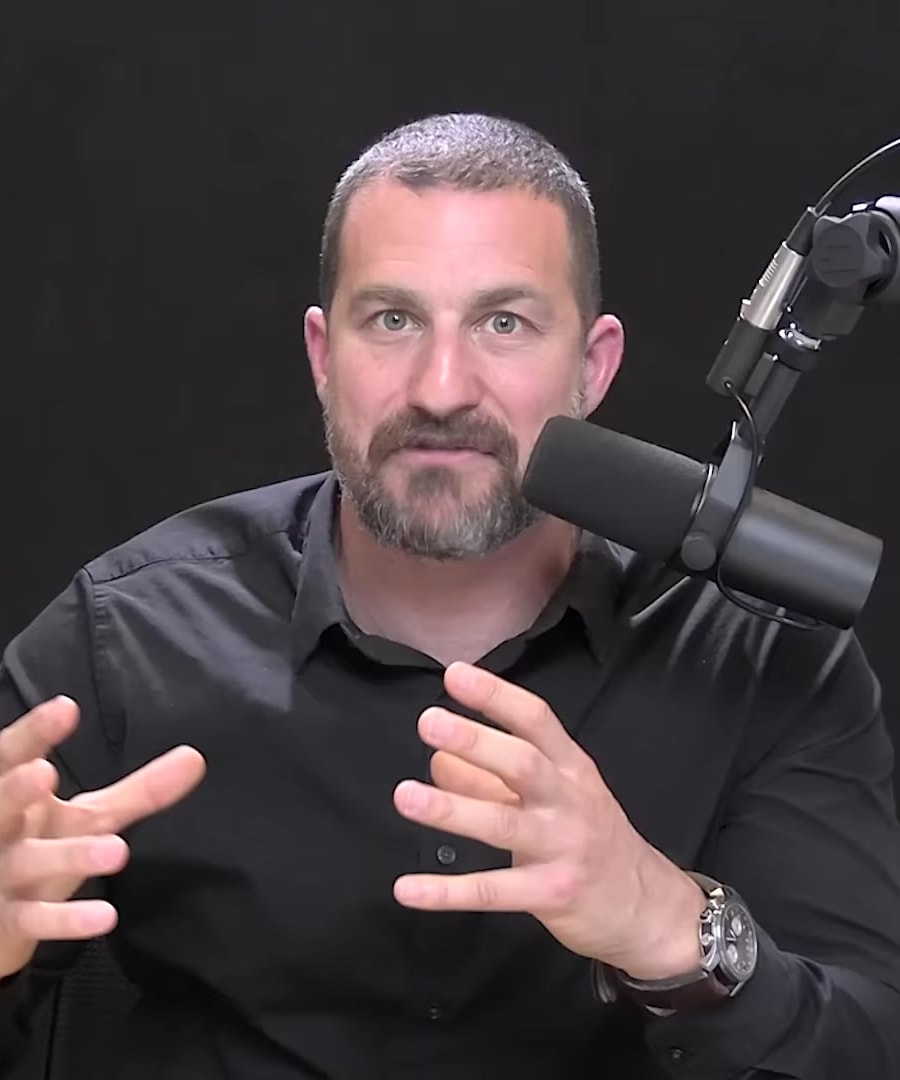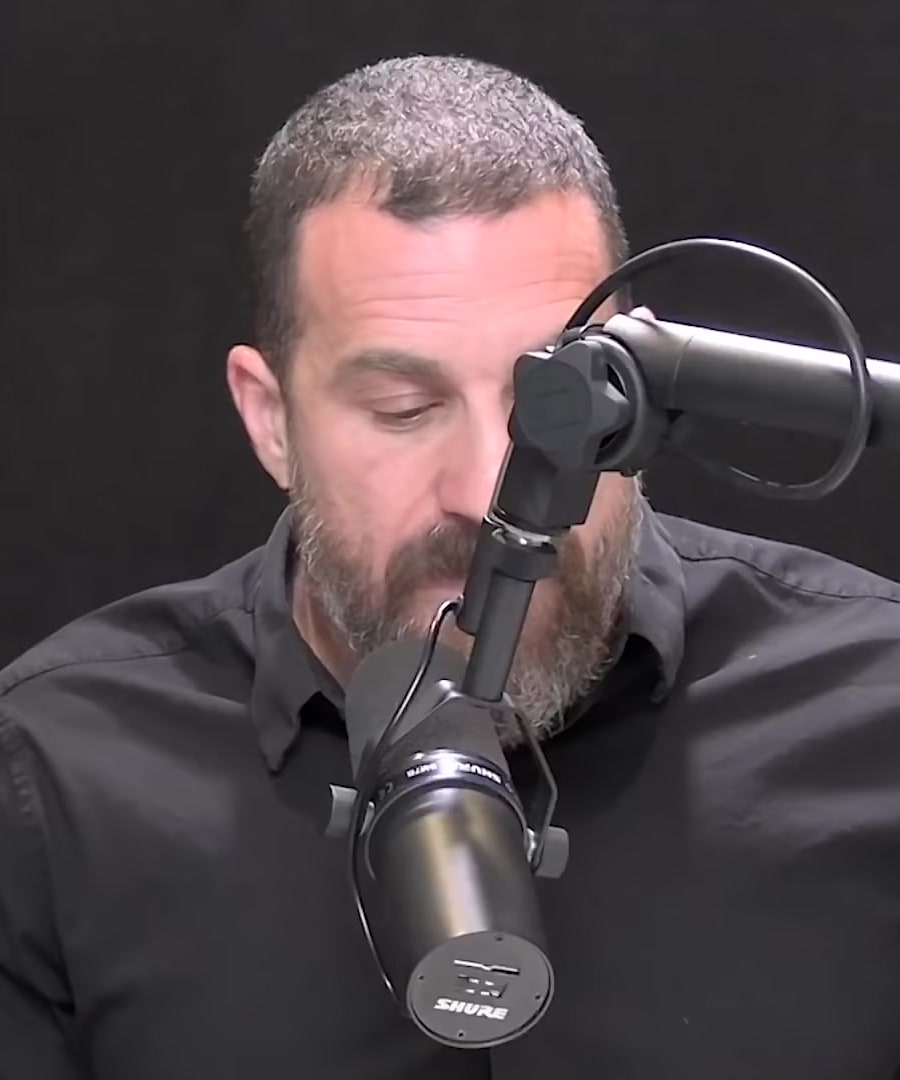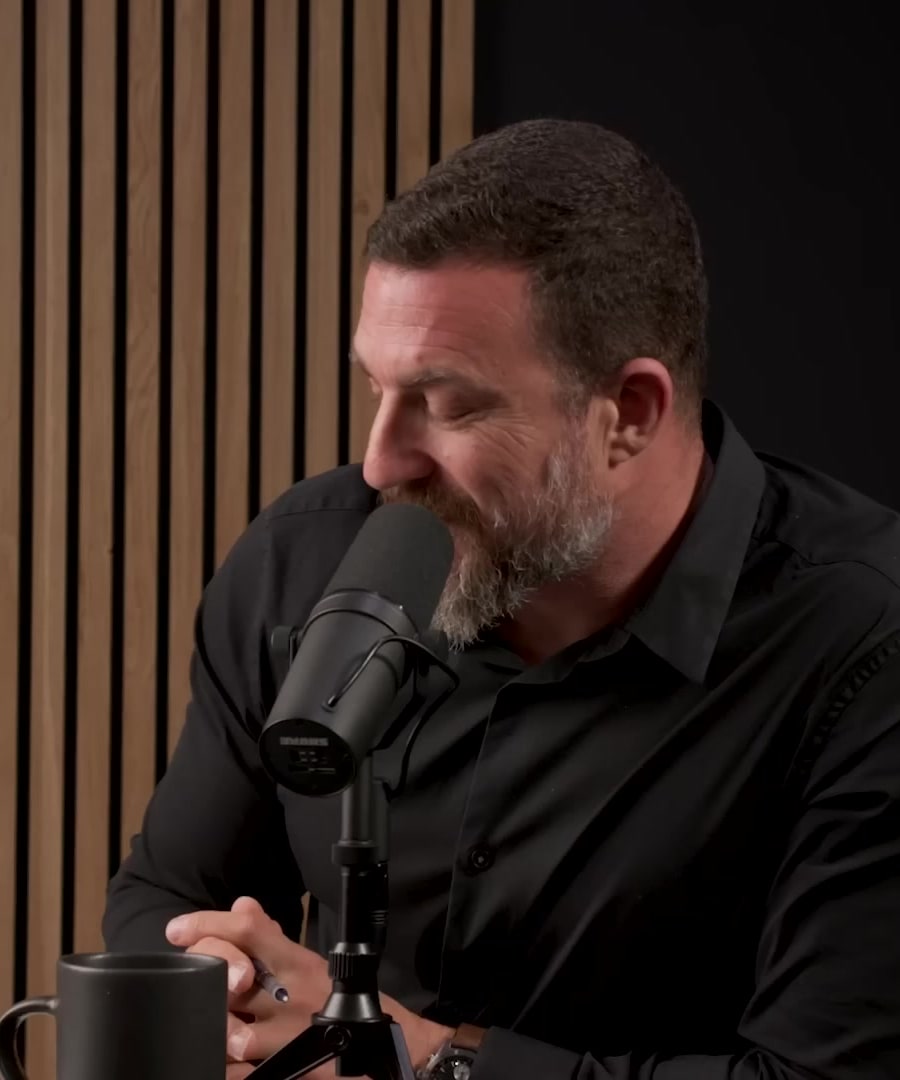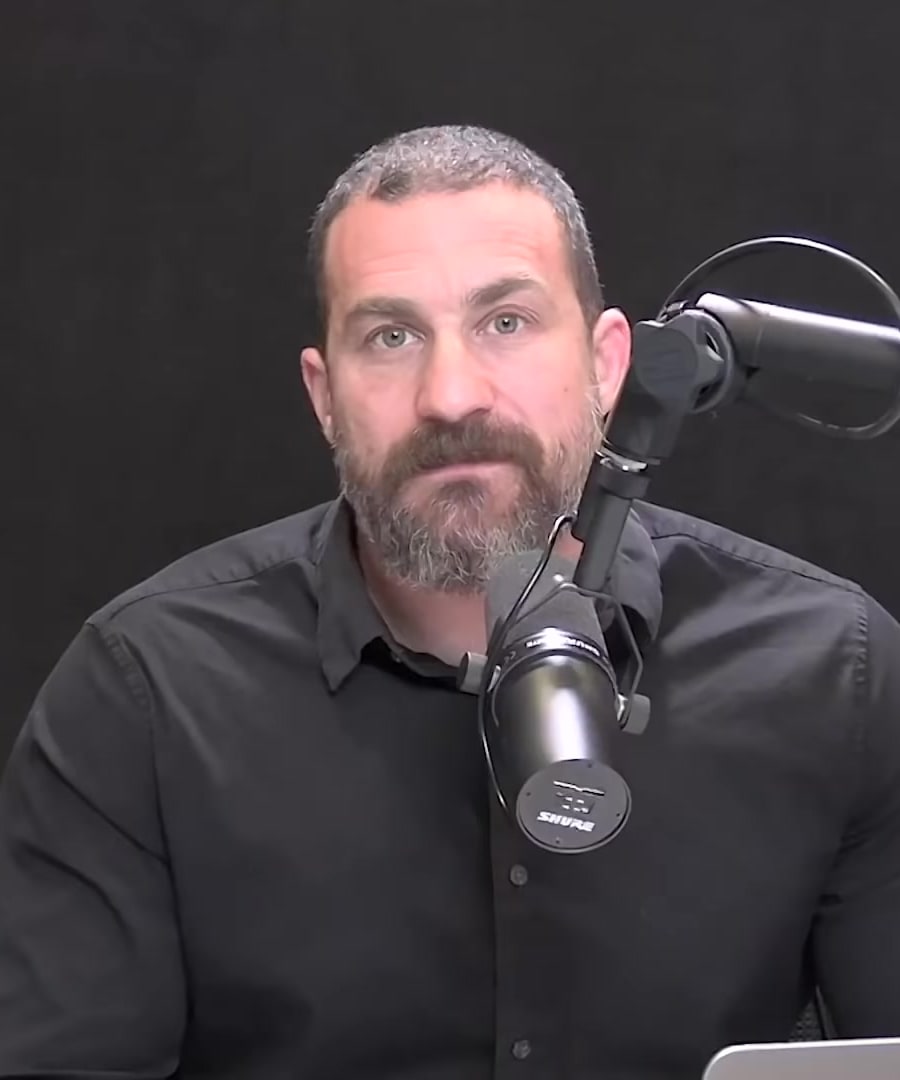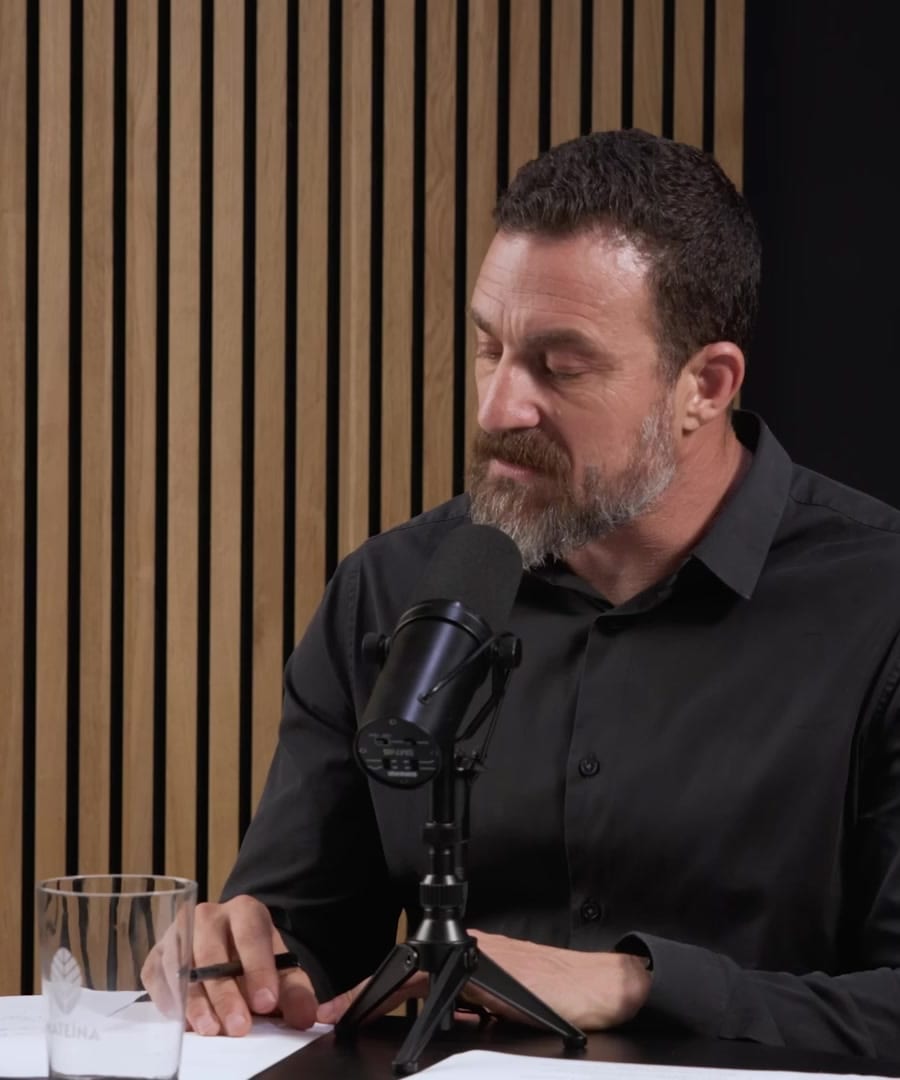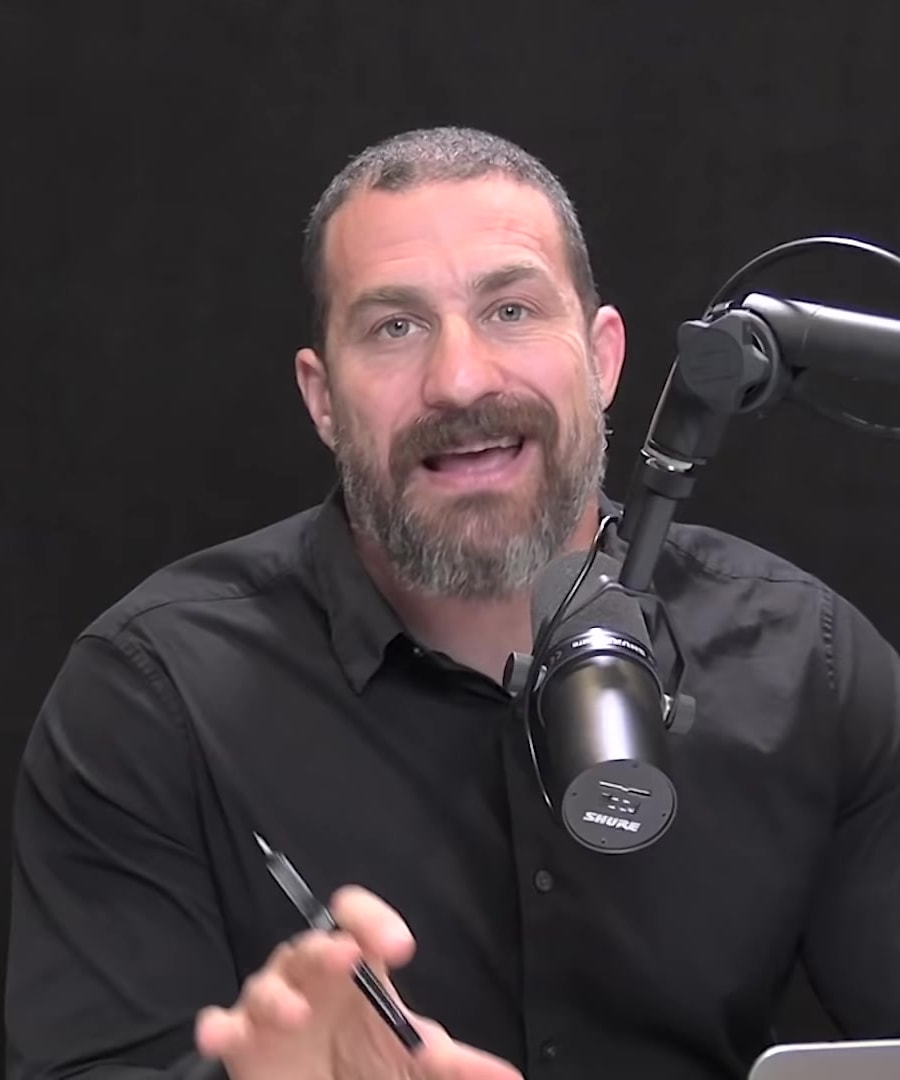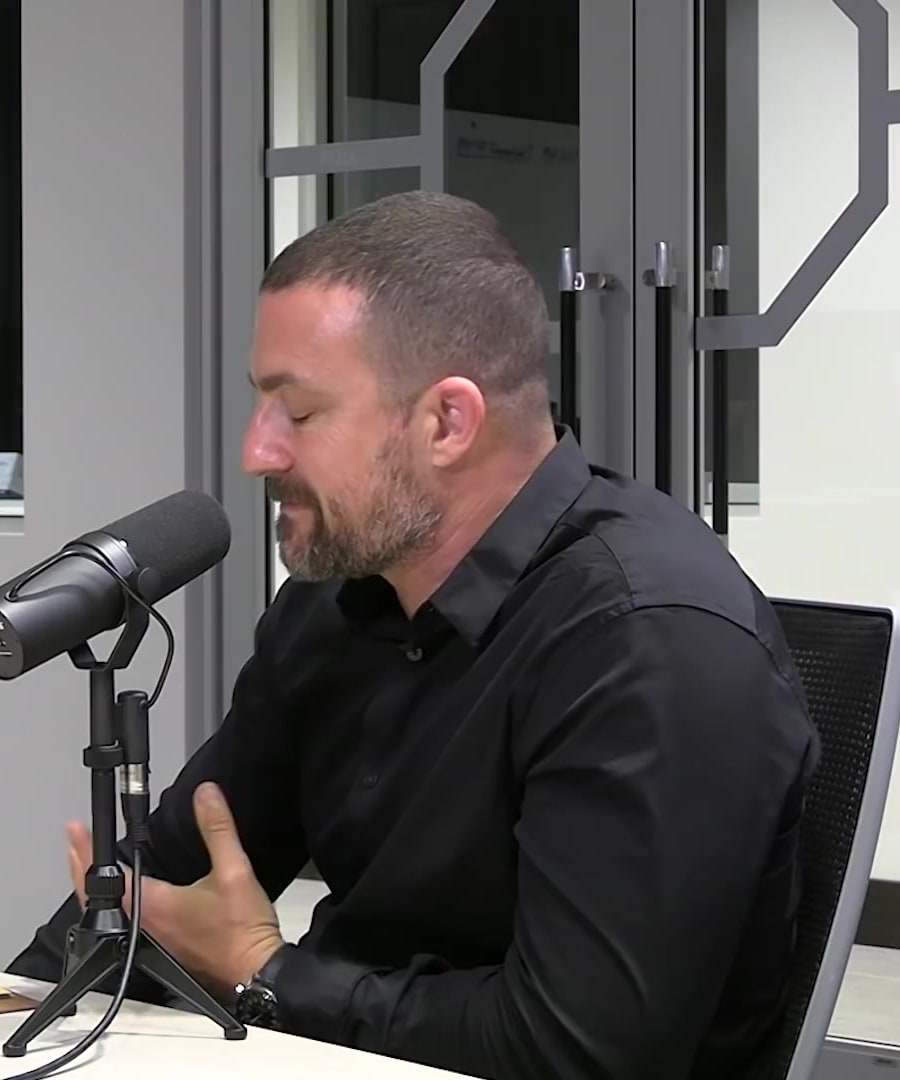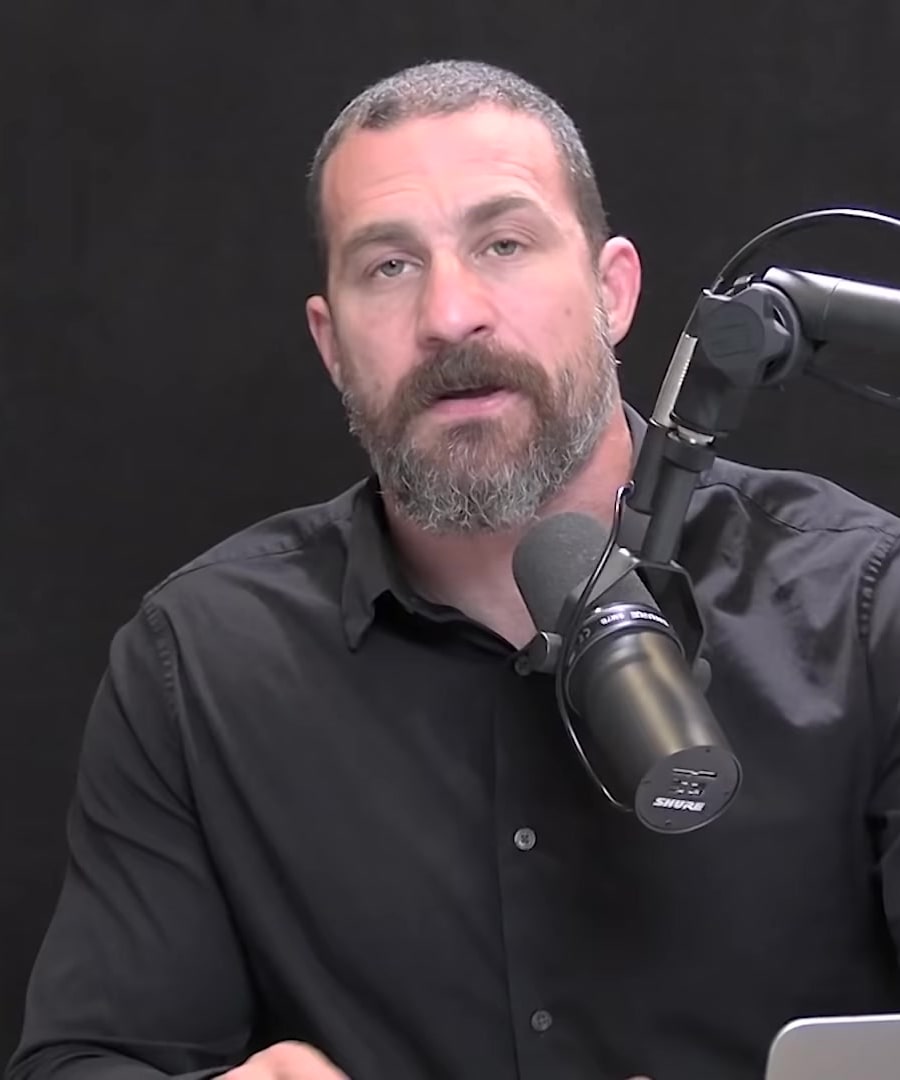Cold exposure
Sources:
Cold exposure offers several physiological and psychological benefits, as discussed by on the . Here are some key insights:
-
Metabolic Benefits: Cold exposure is known to increase metabolism by enhancing brown fat thermogenesis. This adaptation can boost core metabolism over time, even though the immediate calorie burning effect might be modest. By engaging in cold exposure, particularly through immersion, brown fat stores can be increased, which plays a significant role in maintaining high metabolic rates and burning white fat 1 2.
-
Neurochemical Effects: Increases in norepinephrine and dopamine levels post-cold exposure are substantial. Norepinephrine levels can boost by as much as 530%, greatly improving attention and overall mood. These effects last several hours post-exposure, providing a mental uplift and resilience boost long after leaving the cold environment 3.
-
Mental Resilience: Cold exposure also acts as a form of deliberate stress, capable of enhancing mental toughness and resilience. By facing and overcoming physical discomfort, individuals learn to maintain calmness and clarity under stress, which can translate to handling everyday challenges more efficiently. This training involves managing the body's stress responses, such as the release of norepinephrine and epinephrine, in a controlled manner 4 5.
-
Timing and Effects on Alertness: Cold exposure is best done in the early part of the day, as it increases core body temperature and promotes wakefulness. Late-day exposure, however, might disrupt sleep patterns by elevating core temperature too close to bedtime. Ideally, it should be done when increased alertness is beneficial 6.
These insights highlight cold exposure as a powerful tool for enhancing both mental and physical health when practiced thoughtfully and systematically.
RELATED QUESTIONS-
How long should cold exposure sessions last?
Sources:
Incorporating cold exposure into your routine can have various benefits, and the recommended duration depends on your goals and personal tolerance. Here are some guidelines discussed by on the :
-
Duration Per Session: For most people, aiming for about 1 to 3 minutes per session is standard, ensuring it's uncomfortable yet safe 1 2. If you're starting out, begin at the shorter end and gradually work up as you become more accustomed to the cold.
-
Weekly Total: mentions a guideline of 11 minutes total per week, divided into a few short sessions. This amount is associated primarily with increasing metabolism, but it can serve as a useful benchmark for consistency 3 1.
-
Adaptation and Safety: Ideally, the cold should be uncomfortable, prompting you to want to exit, but you should be able to stay in safely for the duration. Never combine cold exposure with hyperventilation or breath holding, as this can be dangerous 4 1.
Ultimately, it's important to tailor your cold exposure routine to your experience, goals, and safety considerations. Adjust the temperature, session length, and frequency according to what challenges you while remaining safe.
RELATED QUESTIONS-
What do experts say about cold exposure?
Sources:
Experts, including , highlight several benefits and considerations of cold exposure:
-
Boost in Catecholamines: Cold exposure can increase levels of dopamine and norepinephrine, which enhances mood, mental acuity, and resilience. This "eustress" effect differs from typical stress responses as it doesn't significantly increase cortisol, promoting positive health outcomes 1 2.
-
Physical and Mental Health Benefits: Regular cold exposure is linked to improved metabolism through increased brown fat activity and potential reductions in inflammation. It is also associated with better anxiety regulation and may aid in reducing body fat, particularly in controlled environments like among soldiers 3 4.
-
Stress Management and Mental Resilience: Cold exposure helps individuals practice control over their stress response, beneficial for mental toughness and resilience. It is used in settings like Navy SEAL training to develop mental fortitude due to its adjustable intensity 5 6.
-
Purpose and Protocols: Understanding the purpose of cold exposure is crucial. It can be a tool for recovery, mindset management, or physical benefits depending on the protocols used. Deliberate cold exposure involves short, intense periods of cold to activate these beneficial physiological processes 7 6.
Overall, cold exposure, when used appropriately, can be a potent method to enhance mental and physical well-being, providing a non-negotiable, controlled means to explore and manage stress and resilience.
RELATED QUESTIONS-
What are effective cold exposure protocols?
Sources:
Effective cold exposure protocols, as discussed by , include several strategies designed to enhance recovery and resilience:
-
Post-Training Cold Immersion: Short durations of cold water immersion—such as one to five minutes—are effective for reducing muscle soreness and improving recovery after high-intensity exercise. Engaging in cold exposure shortly after training can accelerate your return to training and enhance overall performance 1.
-
Resilience and Mental Toughness: Deliberately exposing oneself to cold at uncomfortable temperatures helps increase resilience by practicing mental clarity and calmness under stress. Regular exposure can help train the body and mind to handle real-world stressors by maintaining control despite physiological stress 2 3.
-
Cold Exposure Timing for Physical Performance: Avoid cold immersion immediately following strength or hypertrophy training since it might inhibit muscle gains. If the goal is maximal strength and size, delay cold immersion for at least four hours after training or consider conducting cold exposure on separate days 4.
-
Shivering Protocols for Fat Loss: Alternating between cold and slightly warmer environments induces shivering, which promotes fat loss and enhances resilience. The physical process of rewarming after cold exposure is instrumental in activating these beneficial effects 5.
-
Stacking with Caffeine: For boosting dopamine, a protocol of ingesting caffeine 60 to 120 minutes before cold exposure can enhance dopamine receptor availability, increasing the effects of cold exposure on mood and cognitive function 6.
Incorporating these protocols thoughtfully into your routine can help you harness the benefits of cold exposure for both physical and mental improvements.
RELATED QUESTIONS-
Cold exposure
- RELATED QUESTIONS
How long should cold exposure sessions last?
- RELATED QUESTIONS
What do experts say about cold exposure?
- RELATED QUESTIONS
What are effective cold exposure protocols?
- RELATED QUESTIONS

